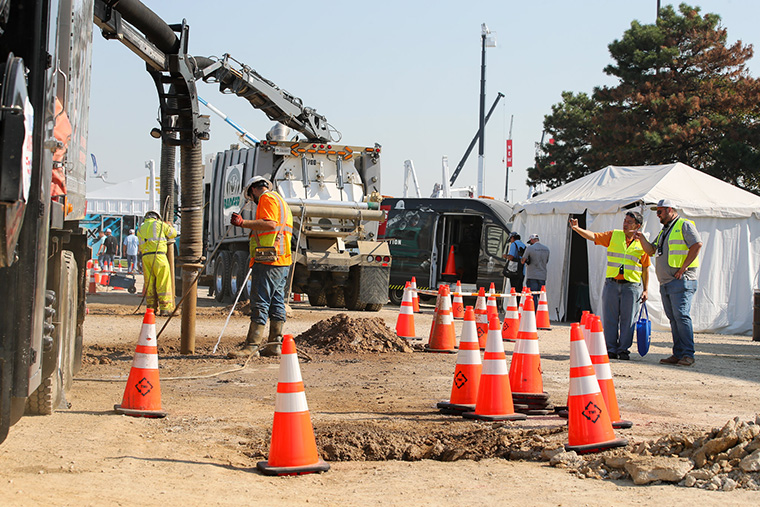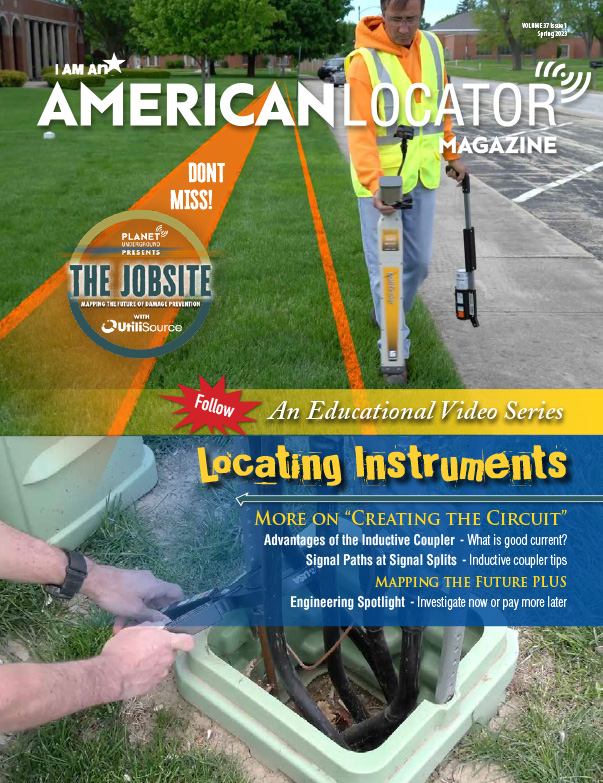The Benefits of a Rigorous Utility Investigation for Project Development
By Steven M. Rienks, P.E., PMP & James H. Anspach, P.G.(r)
There are several risks that might prevent a project from being completed in a safe manner, on time and within the construction budget. These risks typically include permits, right-of-way acquisitions, unsecured construction easements, unexpected or changing site conditions, and utility conflicts and protection. This article will emphasize a way to mitigate the risks associated with utility conflicts and protection.
Proper utility identification during design and inclusion as part of the bid package can facilitate projects being constructed safely, on time, within the construction budget and with minimal disruptions to the services provided by the utility companies. ASCE has published two separate standards regarding utilities to assist in project delivery. ASCE/CI/UESI 38-22 Standard Guideline for Investigating and Documenting Existing Utilities is an update to the 38-02 standard reflecting the updated changes in practice, technologies, and research for detecting/documenting the uncertainties of locations of underground utilities and other infrastructure. ASCE/CI/UESI 75 Standard Guideline for Recording and Exchanging Utility Infrastructure Data establishes minimum, optional, and conditional elements of spatial and non-spatial attribute data associated with utility infrastructure.

This Story is a Subscriber Exclusive.
By Steven M. Rienks, P.E., PMP & James H. Anspach, P.G.(r)
There are several risks that might prevent a project from being completed in a safe manner, on time and within the construction budget. These risks typically include permits, right-of-way acquisitions, unsecured construction easements, unexpected or changing site conditions, and utility conflicts and protection. This article will emphasize a way to mitigate the risks associated with utility conflicts and protection.
Proper utility identification during design and inclusion as part of the bid package can facilitate projects being constructed safely, on time, within the construction budget and with minimal disruptions to the services provided by the utility companies. ASCE has published two separate standards regarding utilities to assist in project delivery. ASCE/CI/UESI 38-22 Standard Guideline for Investigating and Documenting Existing Utilities is an update to the 38-02 standard reflecting the updated changes in practice, technologies, and research for detecting/documenting the uncertainties of locations of underground utilities and other infrastructure. ASCE/CI/UESI 75 Standard Guideline for Recording and Exchanging Utility Infrastructure Data establishes minimum, optional, and conditional elements of spatial and non-spatial attribute data associated with utility infrastructure.


